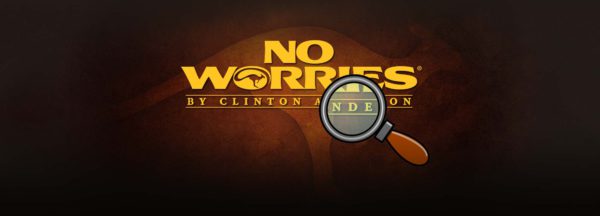Find It on the No Worries Club: Understanding Horse Limitations

I leaned forward and tapped the air in front of the gelding’s nose again. Although the expression on his face and his perked ears told me he was taking my cue seriously and trying to please me, he dragged his feet backwards, shuffling his lanky, 17-hand frame away from me. After he’d taken a few steps, I stood up straight, relaxed my body language and rubbed his face. I couldn’t contain the deep sigh of frustration that escaped me. Why could I not get this horse to pick up his shoulders and back up with energy in his feet like my other training horses? I’d been trying to get the Thoroughbred to back up for the past two weeks, and though he’d made an improvement from where he started during the first lesson, he wasn’t backing up well compared to the Quarter Horses and brumbies I’d trained.
As Gordon’s apprentice, I was responsible for training his clients’ horses. At the end of the horses’ training, Gordon invited the owners to come back to get their horses and I’d show them the horses’ progress. Needless to say, if I didn’t do a good job of training the horses, it reflected badly on not only me, but on Gordon as well. So there was a lot of pressure to do the best job that I possibly could with each horse that came through Gordon’s.
Looking at the bay gelding, I just knew that if I were a better horseman, if I had better feel and timing, I’d be able to get him to back up brilliantly.
Learn what this particular experience taught Clinton about respecting a horse’s ability in the article, “Horse Limitations,” in the 2014 summer edition of the No Worries Journal.
Read the article now by logging on to the Downunder Horsemanship app or the No Worries Club website.
A complete library of our quarterly No Worries Journals is available for viewing and downloading on the No Worries Club website and the Downunder Horsemanship app. If you’re not a club member, learn more about the many benefits of being a club member and join our community on our website.
